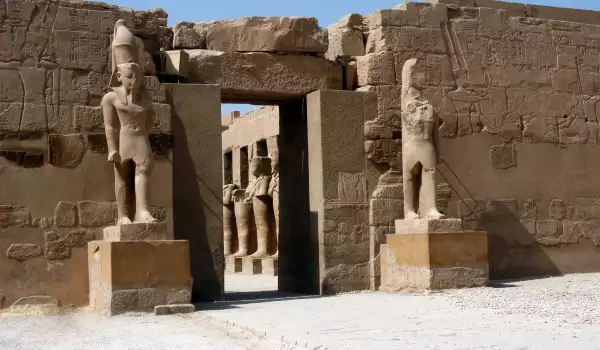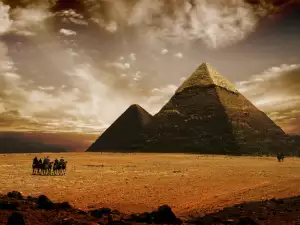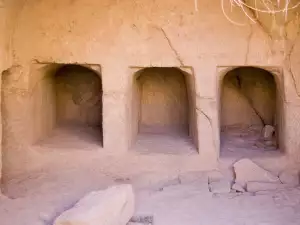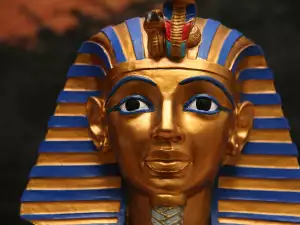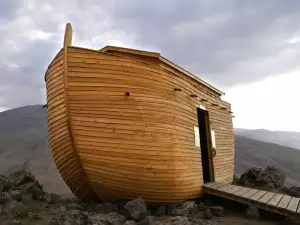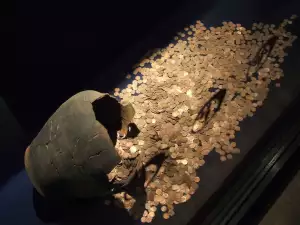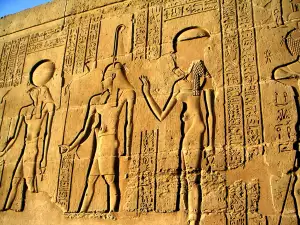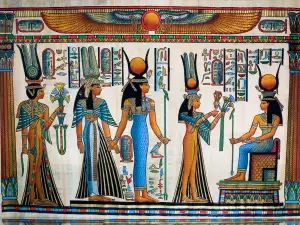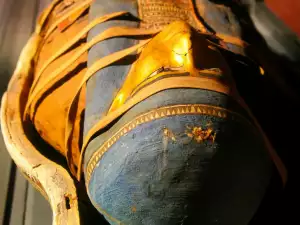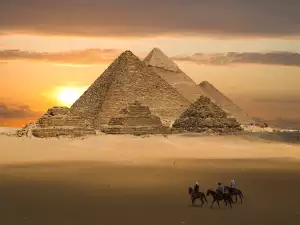National Geographic magazine announced that the tomb of the most ancient brewer has been discovered in Luxor, Upper Egypt. It is believed that he lived around 3200 years ago. The article writes that the discovery was made by a team of Japanese scientists during excavation on a major work site.
The tomb that scientists found is in the shape of the letter T and belongs to a brewer by the name of Honso Im-Hebu. He once made the drinks for the various rituals dedicated to the goddess Mut.
Well-preserved pictures were identified along the walls of the tomb - they depicted various scenes from the life of the brewer, not just ones from his life but also ceremonial ones.
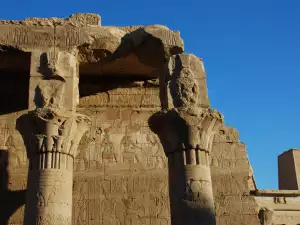
The city of Luxor is visited by hundreds of thousands of tourists each year due to the abundance of monuments of ancient Egyptian architecture. Every tourist that goes to Luxor ends up in a truly magical place - the city will give you the opportunity for a genuinely exciting stay.
And, you will remain speechless when looking upon all the ancient tombs and temples - they become embedded in the consciousness of each visitor. The city is located along the bank of the Nile River - it has a population of around 500 000.
Because of the many sights found on its territory, Luxor also bears the nickname of "the largest open air museum".
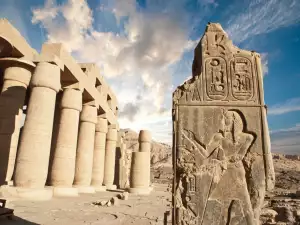
About 1.2 miles (2 km) from Luxor, you will find Karnak - a temple complex built 2000 years ago and dedicated to the deities Amun, Khonsu and Mut. It covers an area of 100 ha and is divided into 3 separate zones. The temple dedicated to Amun Ra is located in the largest zone that has an area of 61 acres.
Besides the architectural attractions, Luxor is exceptionally lively, filled with restaurants, cafes and bazaars, where you can buy typical Egyptian souvenirs.
The tomb of the most ancient brewer, that was discovered by the Japanese scientists, is thought to be one of the most valuable finds and will be opened to the public immediately after digging stops. National Geographic magazine further announced that until then it will be heavily guarded.
